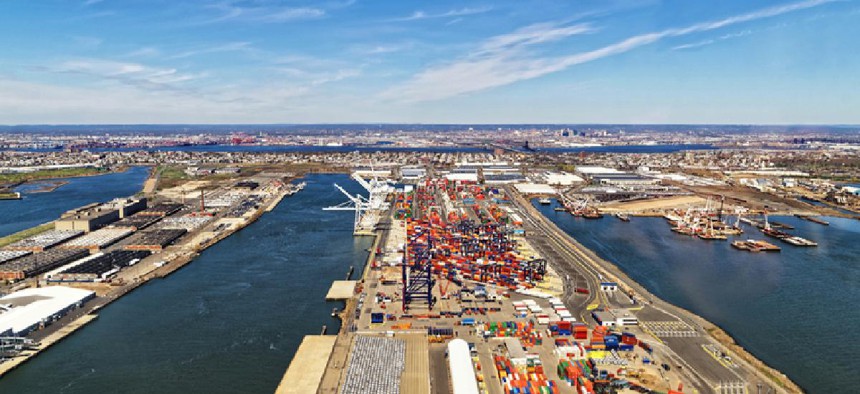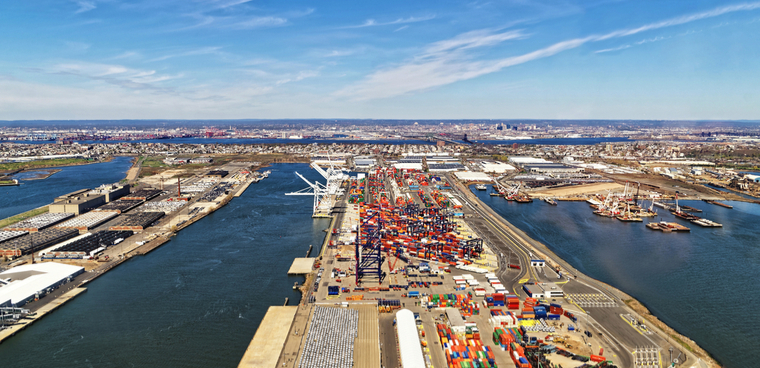CBP closes in on completing 17-year multibillion IT project

Customs and Border Protection is nearing the end of development of one of the most complex IT systems in the federal government.

Container shipping in Bayonne, N.J. (Photo credit Roman Babakin/Shutterstock.com)
After a period of development dating back to 2001, Customs and Border Protection is close to finishing its automated cargo processing system.
In late February, CBP deployed the last major scheduled core trade processing capabilities for its Automated Commercial Environment for international cargo.
ACE automates all phases of cargo processing, allowing for the computerized submission of import and export documents of all kinds. The system has automated 269 forms across CBP, and links to 47 outside government agencies to track $4 trillion worth of goods crossing the border each year.
The new system, acting CBP Commissioner Kevin McAleenan told FCW in a recent interview, provides "one single window for all customs-related data coming into the federal government."
"It's the largest and most challenging project of its kind globally," McAleenan said. "The scale and complexity … is pretty immense."
According to IT Dashboard data, FY 2018 spending on the system is planned at $104.2 million. Because of significant cost and schedule variances, DHS CIO Stephen Rice has rated the ACE program as "high risk."
The program faced significant problems as far back as 2009, when a review found significant delays, cost overruns, and unclear system requirements.
"ACE has been underway for well over a decade or more, but frankly not much progress until the last four years," former CBP Commissioner Gil Kerlikowske told FCW via email. McAleenan agreed, telling FCW, "only in the last three-and-a-half years did we get our arms around it."
The recent forward momentum has been attributed to the agency's implementation of new, more nimble development processes in the last five years.
A 2015 report from the Homeland Security department's Inspector General said CBP spent about $3.2 billion developing the ACE program through from its conception in 2001 to July 2013.
An agile development strategy put in place in 2013 put ACE on track to meet development milestones.
"The original design over years was for the full product and turn on the switch," said Kerlikowske. "As we know from [the Affordable Care Act] that does not work well. So agile was the key along with some great private sector partners -- who worked on every phase as it was rolled out piecemeal," he said.
ACE has endured some hiccups along the way, including substantial outages in 2017. On Nov. 15, the system experienced a nine-hour outage. On Aug. 2, the system was down for an entire day and prompted CBP's Commercial Operations Advisory Council to form an Outages Working Group to come up with cargo system downtime procedures and move to establish uniform, basic downtime processes.
FCW's Troy K. Schneider contributed reporting to this article.
NEXT STORY: CERTs warn on botnets, kernel bugs


